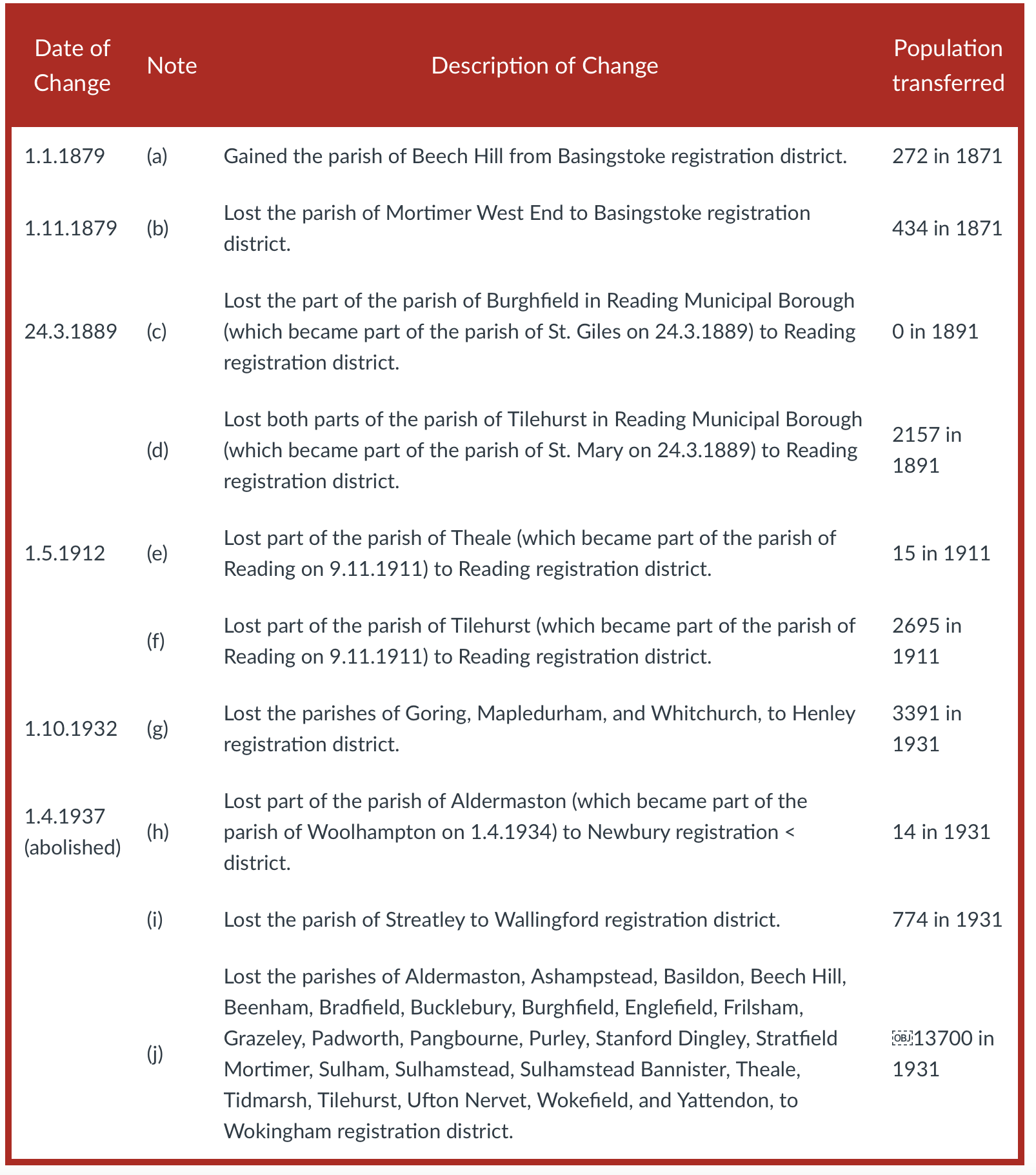Tracking nurses
Context
Census data can be used to corroborate and to enrich the data held on individual nurses. Census data can be helpful in removing some of the ambiguities, especially with the publication of the 1911 census for the United Kingdom. Using the census presents challenges for all researchers, and these are described below.
Census: Change of name on marriage
Where nurses remained single, especially post 1911, tracing them in the census is considerably easier. The 1911 census is then likely to show them employed in a nursing capacity. Some of the nurses can be seen in nursing employment on the 1901 and 1891 census data. Once a nurse married it is harder to track them without considerable family knowledge.
Census: Different places and dates of birth
Places of birth could be recorded in different ways. The place indicated on the census could indicate the actual place of birth, the place the birth was registered, or even a nearby larger settlement if the enumerator was not sure what to write. Registration districts changed over time so it is important to have the correct information for the census being interrogated.
An example is Sister Alice Ruth Allaway, who was born in Burghfield in the registration district for Bradfield in Berkshire, and which became part of Reading, as shown in the table below:
Enumerators also asked for the ages of the people present. This was recorded on the census and allows an estimation of the year of birth. Depending on the time of the census in relation to the date of birth, this estimate could be ± one year from the actual date. When tracking a nurse through a census series this estimation error can be compounded and so it would not be unusual to have up to two years discrepancy in the year of birth.
Census: Transcription errors
When the Census was digitised there were some transcription errors. Although this is a small percentage it makes tracing some of the nurses a challenge. For example, Myra Octavius McCuey is recorded on the 1911 Census for Dover (TNA: RG14 4605/23). A family historian had annotated this entry as being Myra Octavius McCreery. Cross checking her other details confirmed her as being Sister Myra Oclanis McCreery.
Census: ‘Nurse’ as a tag
The census has a field for occupation. Over the time of the Census returns nurses have been annoyed using a variety of terms. Most clearly identified them as being nurses in the sense we know it, with terms like: nurse (sick); hospital nurse; ward sister; and matron. There was another use of the term nurse, which was in relation to nursemaids. These women were usually called nurse (domestic) but this was sometimes confused with those nurses employed privately within a household to care for a sick person. In this instance it is likely that further confusion might be caused by their relationship being recorded as servant, which may have been correct as they were paid staff.

